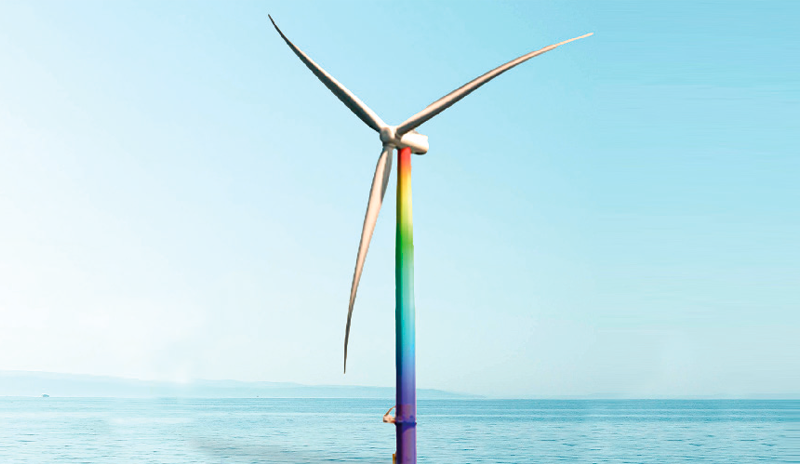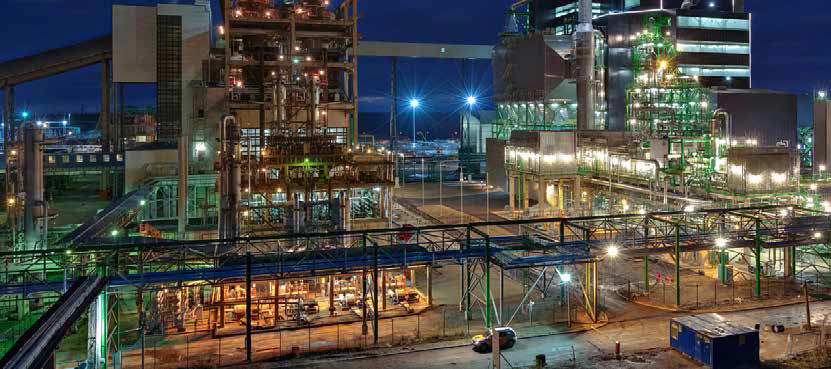Optimizing an offshore wind turbine monopile for hurricane-prone regions
Futurities Year 20 n°2
By Matteo Bucchini – BLOM Maritime
Gabriele Degrassi – ESTECO


Offshore wind energy is a major focus around the world for achieving international objectives for sustainable energy generation. The offshore wind energy sector is developing rapidly in the United States, particularly off the northeast coast as a result of the fact that the continental shelf extends for a significant distance from the shore meaning that the waters are relatively shallow and therefore well-suited to the use of turbines with fixed foundations. However, the extreme meteorological conditions frequently experienced along that coast in the form of hurricanes and other storm systems with strong winds mean that these turbines have to withstand conditions that place both the blades and the monopile foundations under extreme stress since the wind forces can often exceed the turbines’ design limits.
This technical article describes a project led by BLOM Maritime under the auspices of the HS-03 SNAME (the Society of Naval Architects and Maritime Engineers) panel in which ESTECO’s modeFRONTIER process automation and design optimization software was used to optimize the design of a monopile for a 15MW turbine to survive hurricane conditions.
Read the articleCASE STUDY
This technical article describes a numerical (transient computational fluid dynamics) simulation applied to study the suction efficiency of a canopy hood in a steel plant’s electric arc furnace with a view to increasing it.
ansys energy

CASE STUDY
GE Power is a world leading supplier of solutions for power generation, from engineering to manufacturing. Detecting and mitigating critical flow structures in water pumping stations is a complex engineering task, that has always been based on experimental activities. Now GE Power can rely also on CFD modelling and on the support of EnginSoft
ansys cfd energy